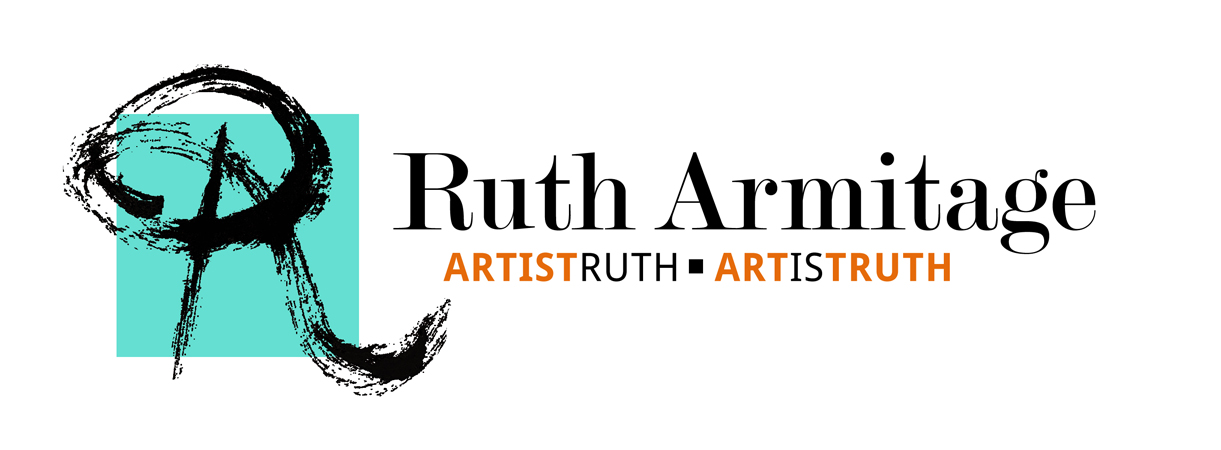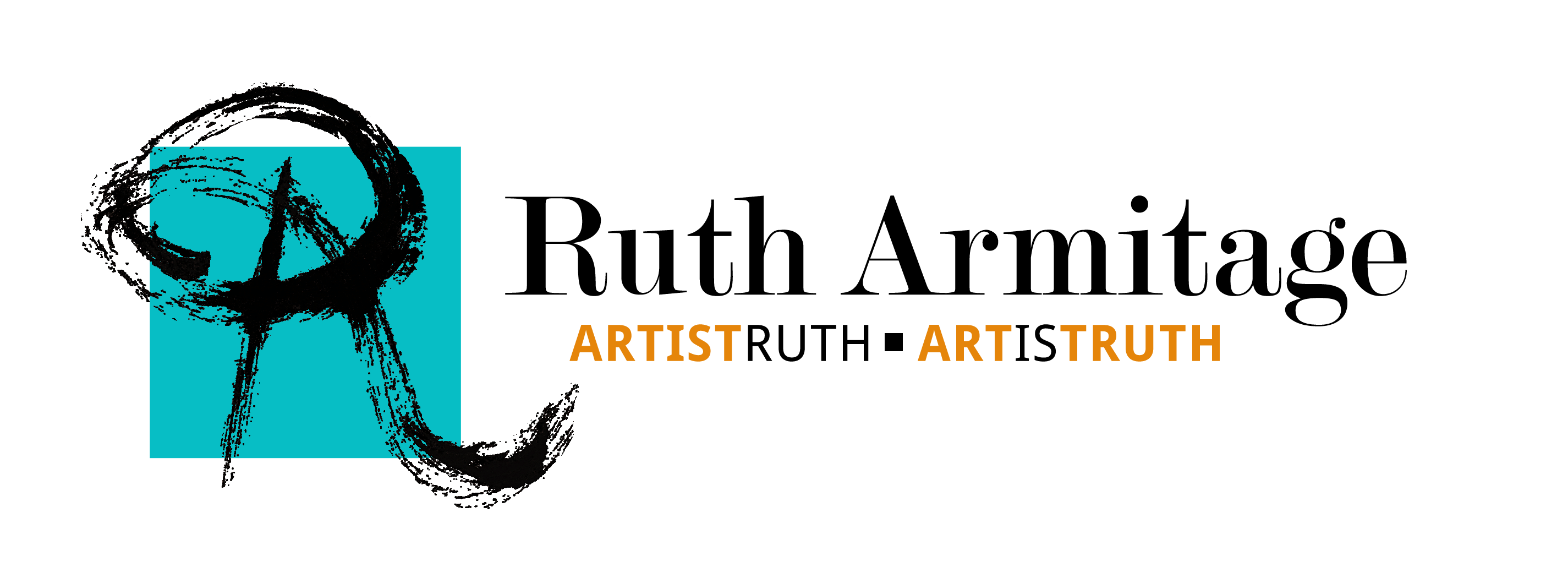
“Treehouse” ©Ruth Armitage 2013 Acrylic on Paper 22×30″
This week I have been working on some new pieces for my show at RiverSea Gallery, scheduled for June. I am planning to keep some of these under wraps for a while to ensure that they are fresh and to entice you to see the show in person!
I’m also working on some new pieces for a group show with Mary Lou Zeek, coming up in May. I’m looking forward to the event, as she always does such a great job of promoting! Stay tuned for more information.
The other thing on my schedule was to attend a demonstration by Harold Walkup at Oregon Society of Artists. Harold is planning to live in Spain next year, and has asked me to teach his regular Wednesday morning drop-in Watercolor class! I’m excited at the prospect.
I have a couple of demonstrations coming up myself, one next week at Nordstrom for a big launch of new Jo Malone perfumes. The other is coming up in May at a fundraiser for LEAP at Jimmy Mak’s Jazz Club.
Watching Harold’s expert demonstration, and preparing for my upcoming events, I thought I might share 10 essentials for planning a successful art demonstration. Feel free to share this with your favorite artist! If you use any of my tips, I’d love to hear how they worked for you….
2. Keep it Short & Sweet – If you need to have a base layer prepared so that your viewers don’t have to watch paint dry, start in advance. A great way to remember this: The mind can only absorb what the seat can endure.
3. Pack Light and Pack Early – You don’t need to bring your whole studio. You won’t have energy for painting if you wear yourself out carting loads of stuff. If you start packing early, chances are you won’t forget as many things. Consider keeping a running list of what you will need.
4. Dress the Part – Bring an apron, wear professional but comfortable clothing and shoes. Look good, feel good!
5. Bring Business Cards – Always be prepared to provide contact information casually and comfortably. If your demonstration is a success, people will want to keep in touch with you!
6. Be Prepared to Ask for Contact Info – Building a good mailing list is a smart business practice, and makes your viewers feel wanted. Establish a system for collecting contact info.
7. Be Prepared to Display Your Finished Work – An appropriately sized clean mat or frame will set off the finished painting and let your viewers imagine how it would look on the wall.
8. Practice speaking as you paint – A great way to get in the habit of doing this is to talk to a friend or family member on the phone while you paint at home.
9. Have a Sense of Humor – No one wants to watch an artist who is surly, shy or arrogant. Approach the audience as an educator first and humbly laugh at yourself a bit. Show you are human.
10. Make Sure Your Audience Can See and Hear – Get to the venue as early as possible to ensure that the setup will allow for good sight lines and be sure to speak clearly and slowly. Use good eye contact with your viewers and engage them by encouraging questions. Questions can really help you explain your process.
Bonus Tip- Visualize Your Success – This really helps your confidence level and calms your nerves.



Great info! Thank you for sharing! You are a very busy lady!
Thanks Becki 🙂 I do manage to stay occupied, lol!
Really helpful tips for demo & prep. I like the visualization tip..so true, Ruth.
Thanks Linda! I learned from the best 🙂
Great news that you’ll be filling in for Harold. I was in his group for several years and enjoyed both Harold and his students. I’m happy for them as I know you’ll do a terrific job. It will be an excellent match of teacher and students.
Thanks Hal!
Could you give us the information about the Nordstrom demo?
Thanks so much,
Jan
Hi Jan,
I’m going to be part of an event that happens three times tomorrow at the downtown Portland Store. My demos will be from 12-1 p.m., 3-4 p.m. and 6-7 p.m. Maybe I will see you there!
Hi Ruth, you busy lady 🙂
I really dislike demonstrating and find your tips spot on. I work hard at getting comfortable and staying light but serious (I am sure you get the paradox) before doing my stuff.
Just to add a tip – I always explain that every painting is an experiment so by definition they can fail. that puts me more at ease. And in honesty, the failures are more informative than a presentable piece,
Anyway – good stuff from you!
Alan
Hi Alan,
Great point about failures being more informative than a successful piece. I think often, folks get the idea from demonstrations that all paintings succeed. Not True!
Ruth – I really loved this! I don’t ever intend to demo, but if I ever do I’ll keep this to refer to. Thanks so much for all the info you share – I truly appreciate it. Phyllis
Thanks Phyllis… if you do ever demonstrate, I hope to be there!